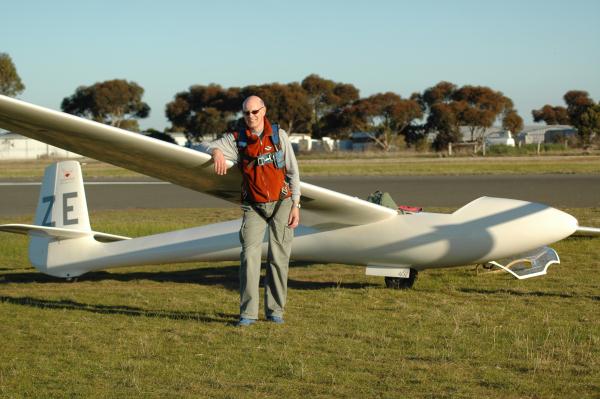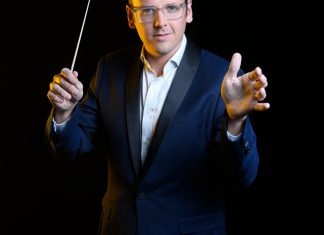
By JOHN VAN KLAVEREN
Travellers have become rather blasé about flying these days, hopping on and off commercial aircraft like a bus.
But flying at its most basic – motor-less, just the pilot and the elements – can still arouse wonder and amazement.
Gliding is an art and skill all to itself, with some incredible feats achieved by glider pilots around the world.
Geelong is home to the nation’s first gliding club, still going strong since forming in 1929.
The club operated for many years from Belmont Common, then at various airfields before making Bacchus Marsh its home.
Treasurer John Buchanan said the club had operated continuously, despite taking a bit of a break during the war years before returning to full strength in 1953.
“There is definitely a sense of achievement in flying a motor-less craft for 1000 kilometres,” John acknowledged.
“You have to stay up in the air, climb, control any descent, all using your own skills – it takes some doing.
“I’ve only been flying for 48 years and I’ve still got a lot to learn,” John joked.
The sense a freedom and the absence of any strain set gliding apart from other forms of flight, he said.
“It’s not as though it’s silent – there’s 100km of wind going past, even more on reasonably windy days – but it can be awe inspiring.”
The club’s Bacchus Marsh base is the largest soaring centre in Australia, with a total of 18 club gliders and five tugs.
The centre is shared with two other clubs, offering a variety of conditions including thermal, ridge and wave lift, within easy reach for members from Melbourne, Geelong and Ballarat.
The club owns and operates a fleet of training and modern fibreglass dual and single-seat gliders and a number of large hangars for its aircraft.
Gliders are high performance aircraft designed for an almost flat glide angle allowing them to fly up to 60 metres forward while losing only one metre in altitude in still air. The average light plane can only manage 10m for every metre of altitude lost.
Glider pilots use thermals – rising columns of air – to gain altitude, as much as 305m a minute. Thermals climb as high as 4200m or more. The record is 14,938m, or almost 15km.
Modern gliders have a top speed around 250km/h but a normal thermalling speed is about 70km/h to 90km/h.
In summer, flights of 300km are common and keen pilots often make flights of 500km to 700km. The longest recorded flight is 2050km.
John said club members often entered competitions at local, state, national and international level.
Junior members were competing in an international world event in Poland next month, he said.
Club members often combined in syndicates to buy and maintain gliders.
“It makes it affordable for people,” John explained.
“You’ll find us operating on all weekends, public holidays and most Fridays, weather permitting, and visitors are always welcome.
“We also have gliding experience flights in a dual seat training glider available for $85 with a flight time of around 20 to 30 minutes.
“Membership of the club entitles you to receive free tuition from our Nation Gliding School trained instructors, taking you through an approved course covering all facets of glider flight to solo standard.”
Geelong Gliding Club has a website at gliding-in-melbourne.org.







